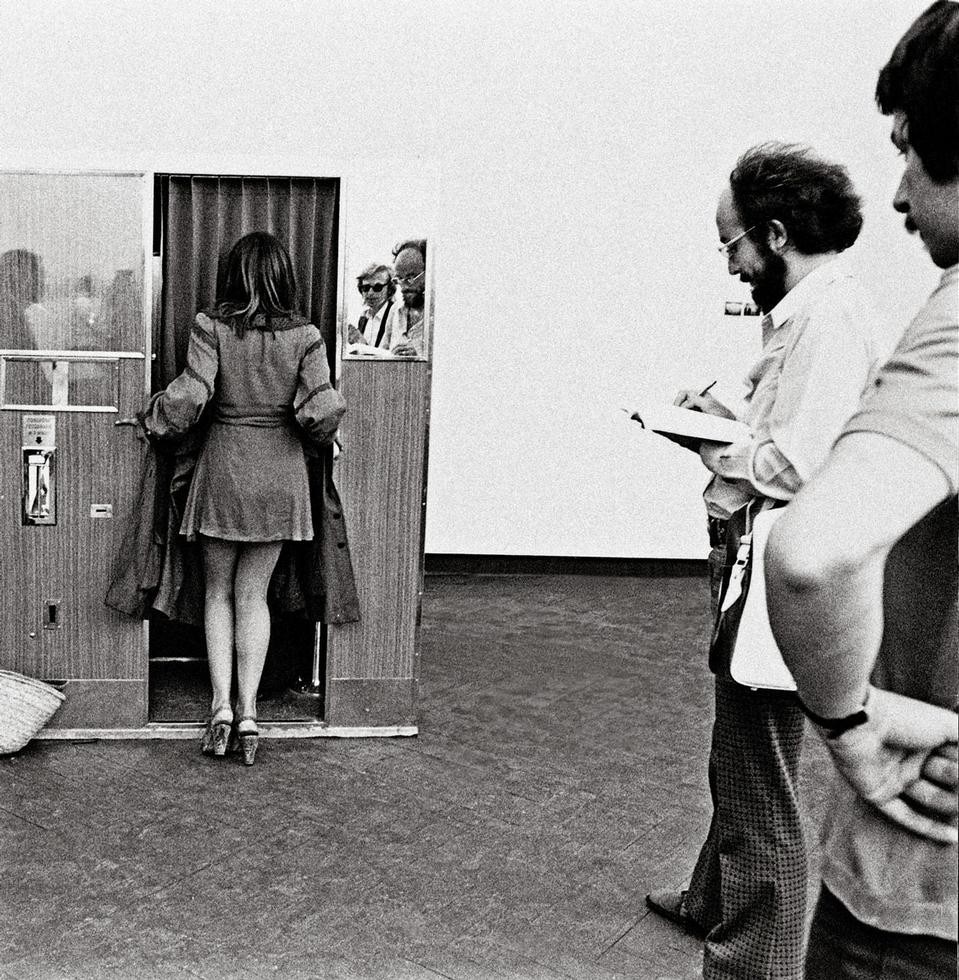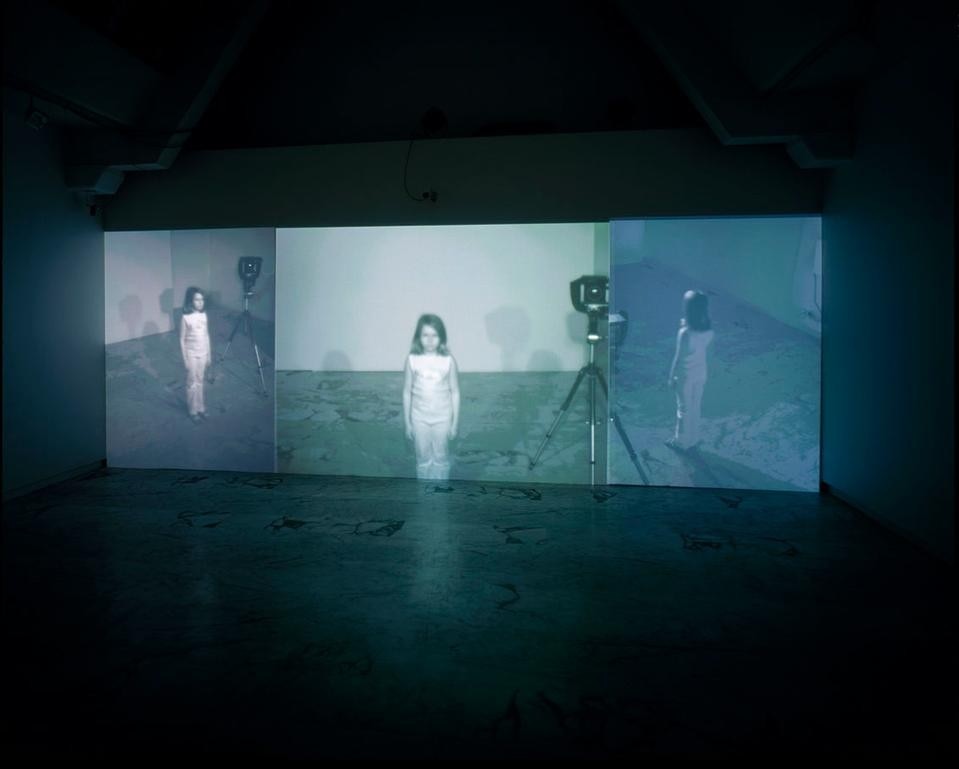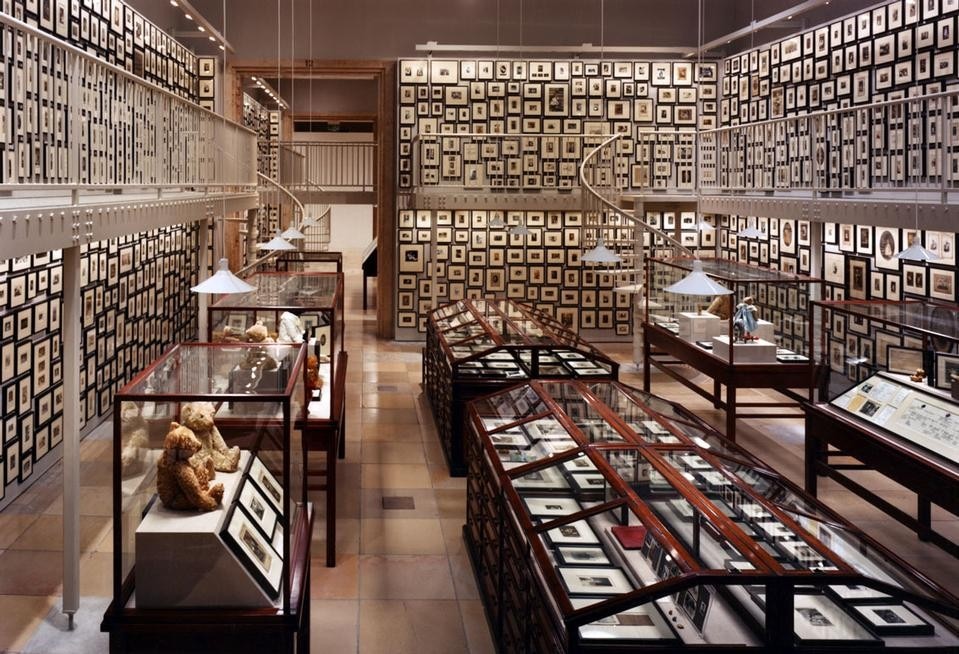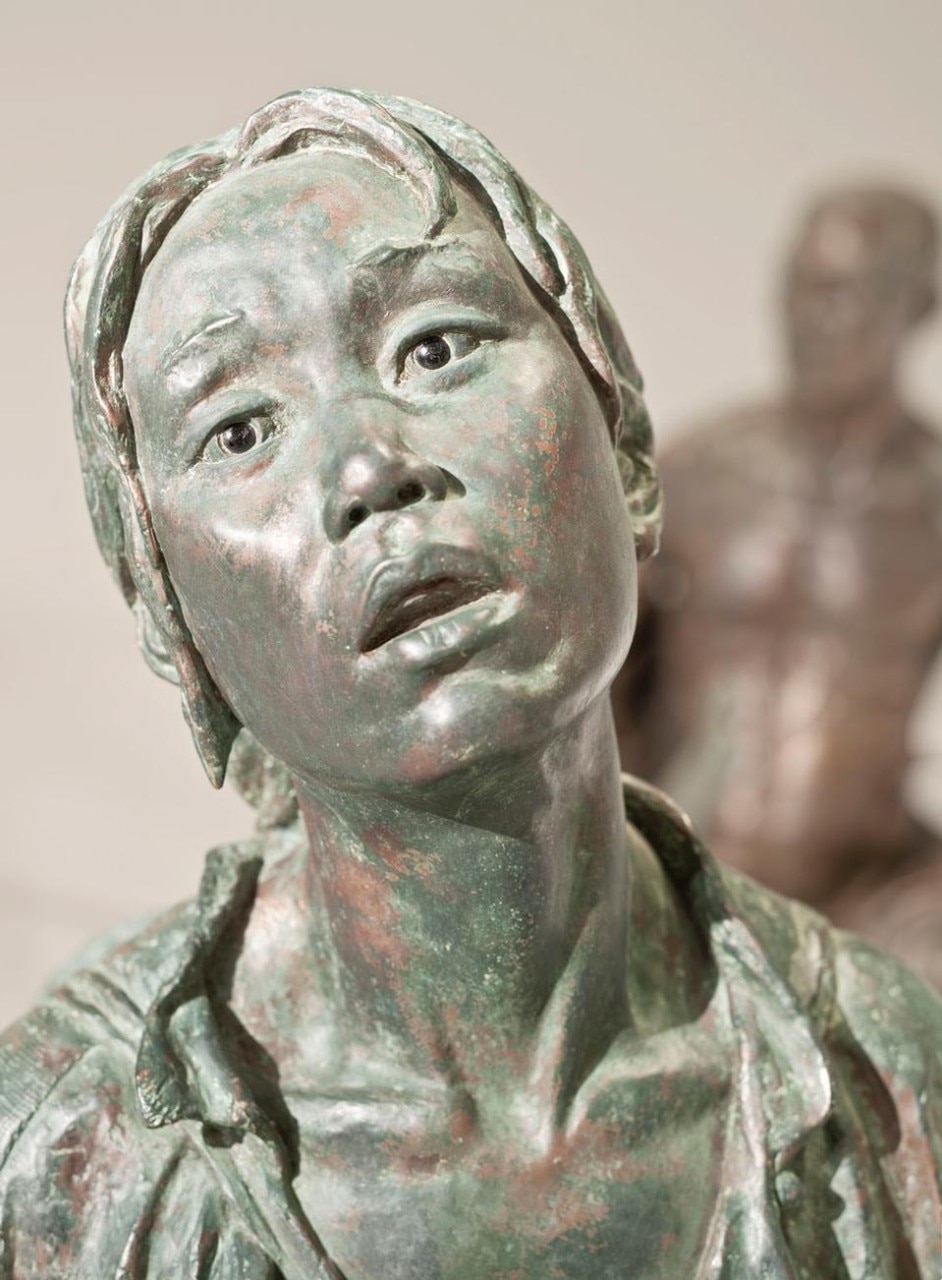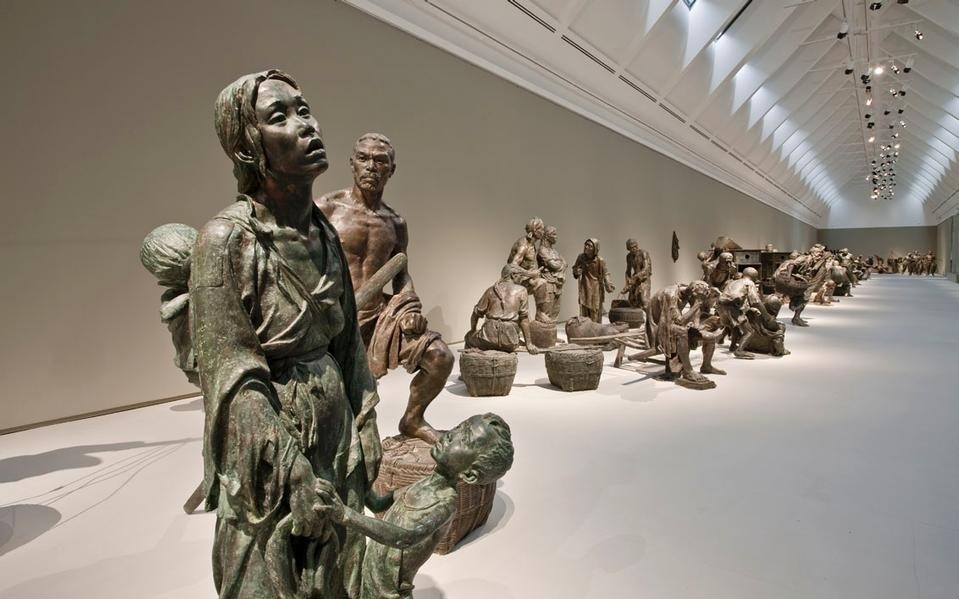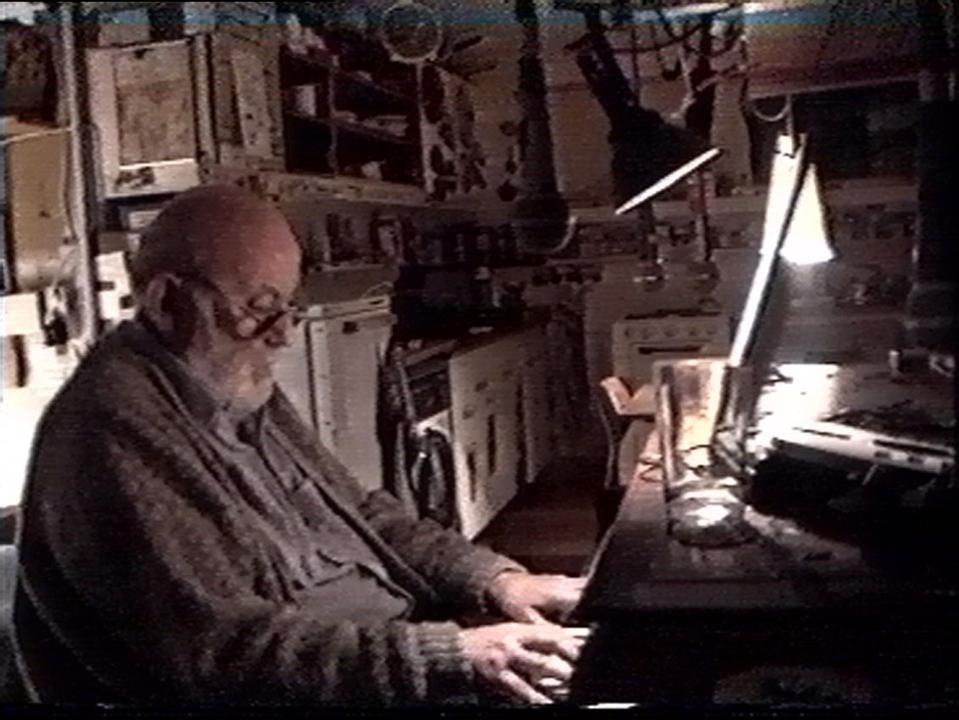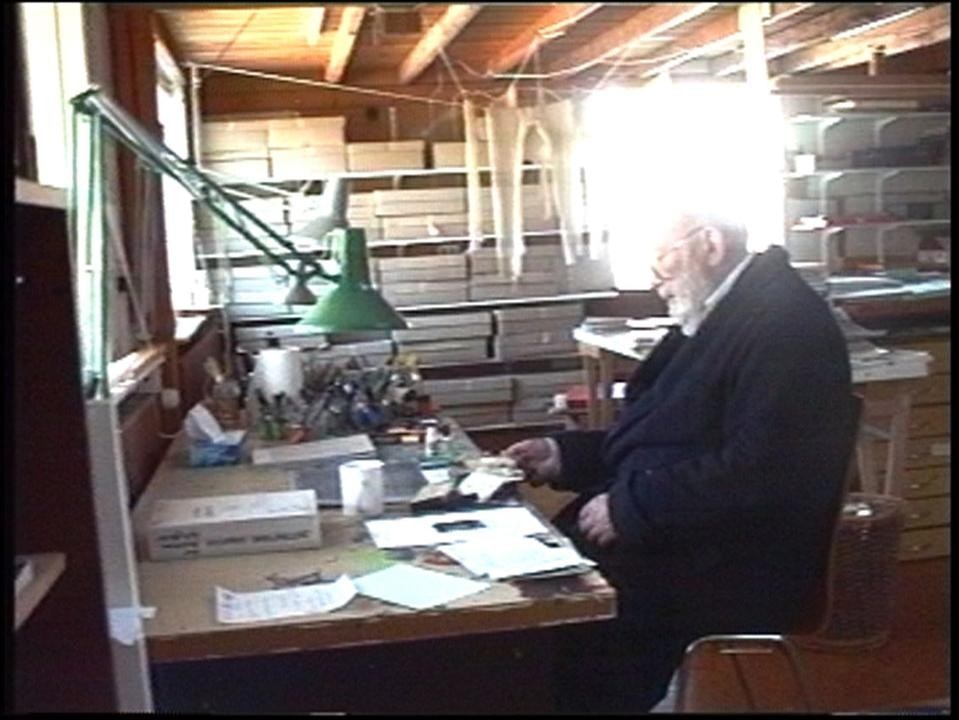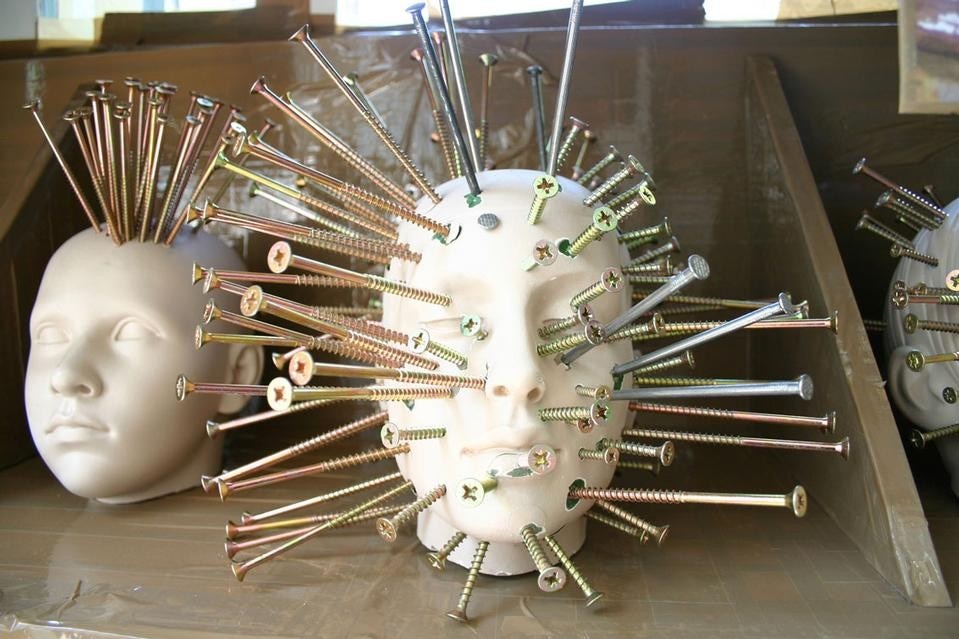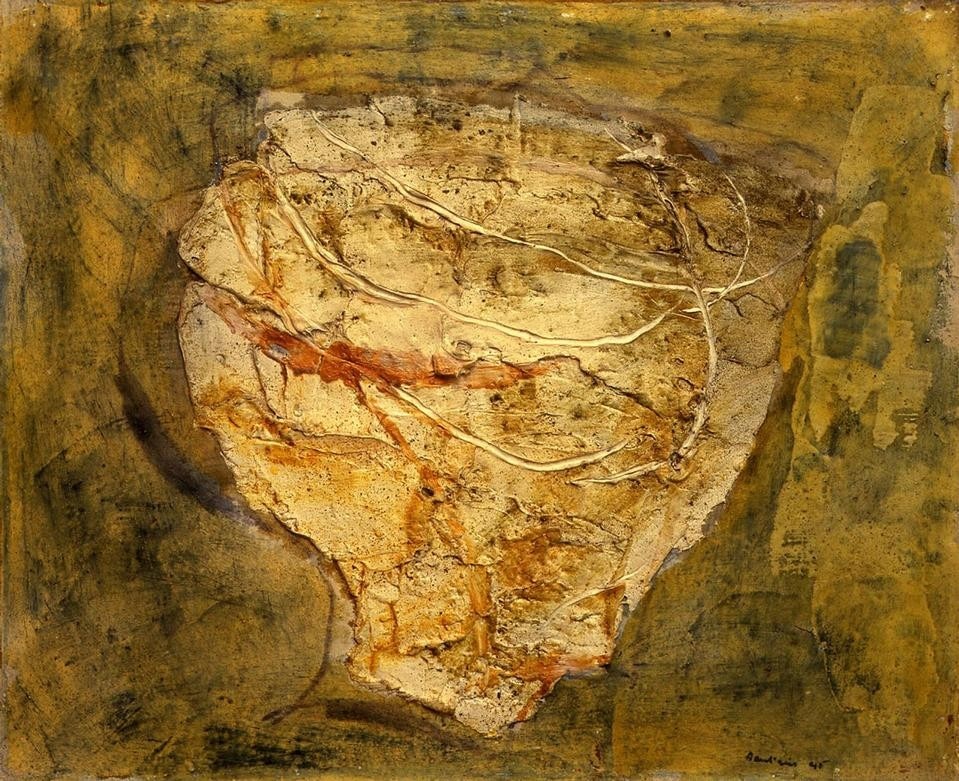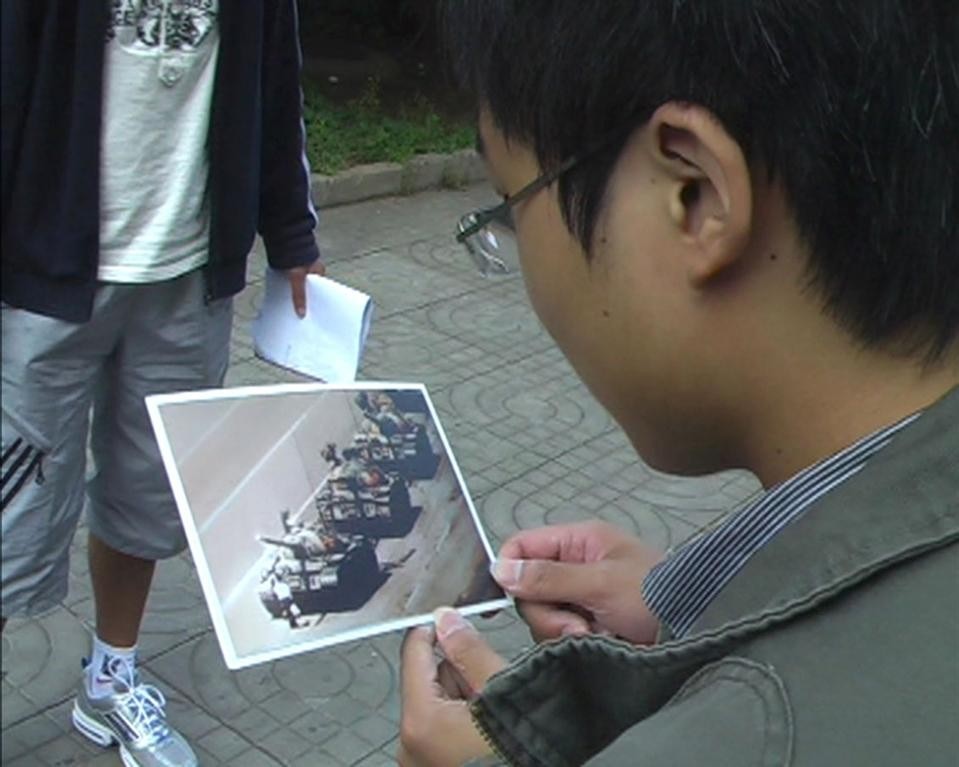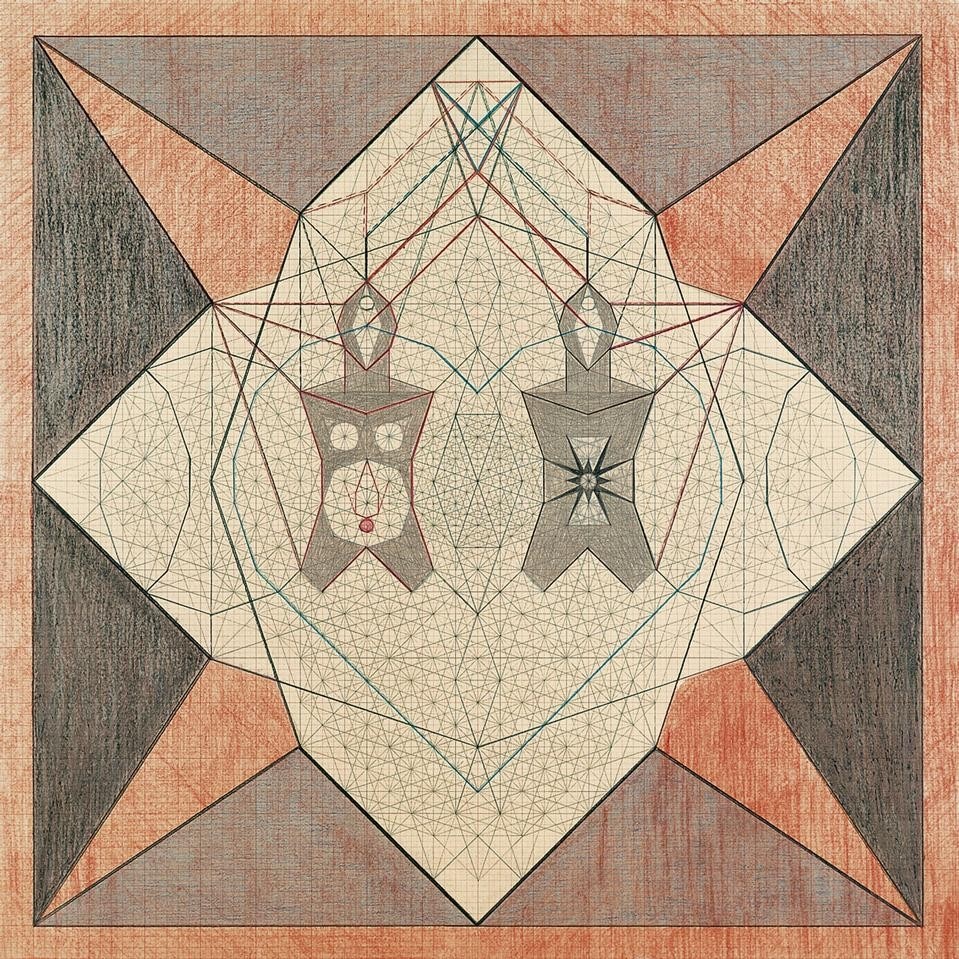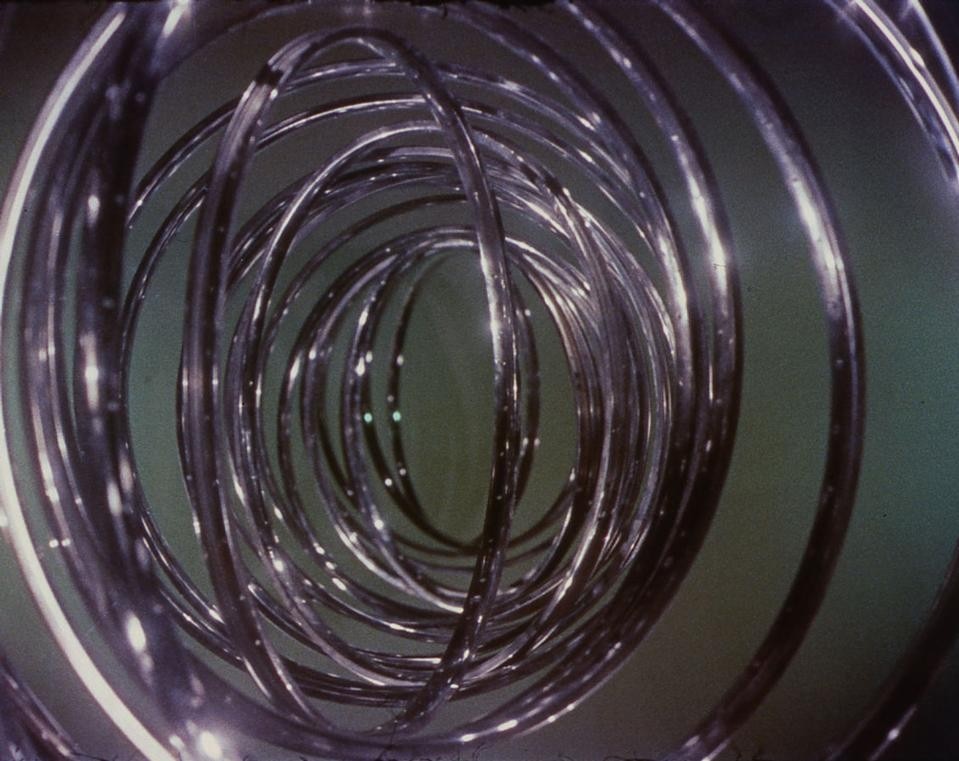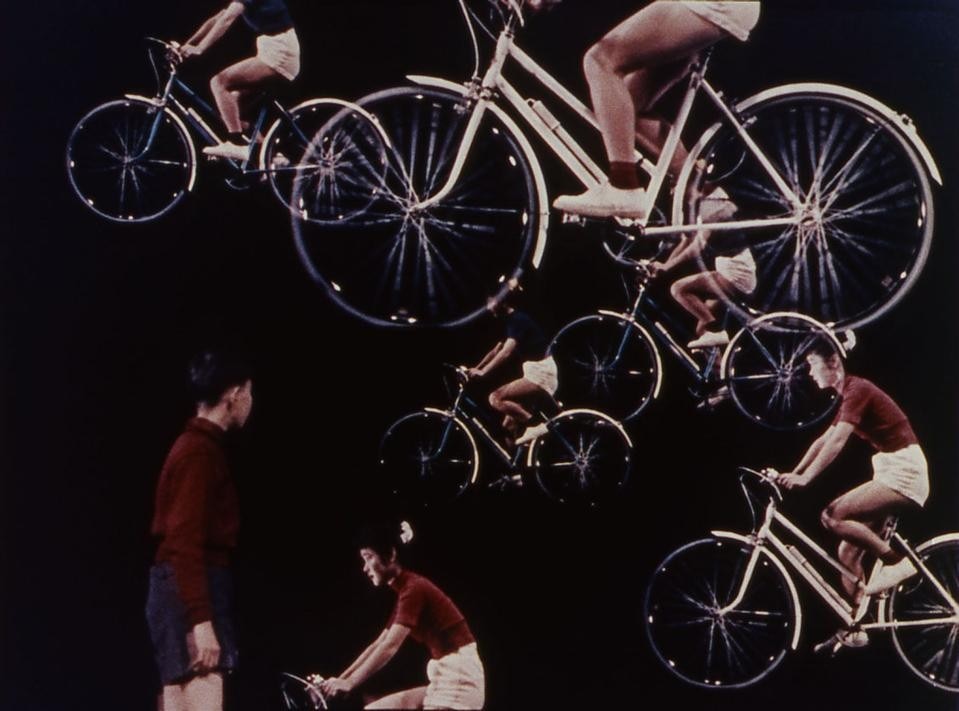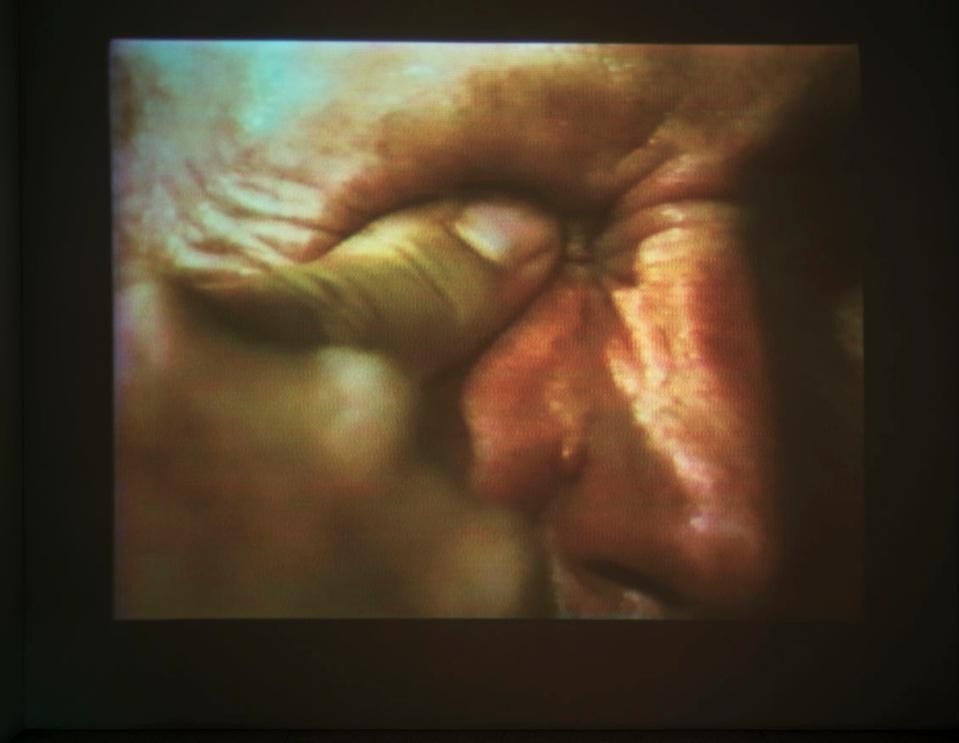The title of the Biennale 10000 Lives is the English translation of Maninbo , the title of an epic poem in thirty volumes produced over more than 25 years in which the author Ko Un describes all the people he has ever met - more than 4000 poem-portraits of real men and women actually met as too imaginary ones, including figures from history and literature of the past. Originally conceived while Ko Un was in prison for his participation in the Korean democratic movement and, in particular, the Gwangju uprising of 18 May 1980 against the then dictator Chun Doo-hwan, violently put down by the army, 10000 Lives has two links to the Gwangju Biennale as the event was also founded in 1995 to commemorate those who died when the revolt was repressed.
The core theme of the 10000 Lives exhibition curated by Massimiliano Gioni – director of the Nicola Trussardi Foundation in Milan and of Special Exhibitions at the New Museum in New York – is the relationship between people and images and images and people, and how images change the way we relate to the world. The works by the 134 artists in the exhibition, which date from 1901 to new 2010 productions, are not in chronological order but divided by subthemes and they are displayed in succession as if in a large portrait gallery. 10000 Lives is a mammoth exhibition for the number of works – approximately 9000 pieces in all – that literally fill the rooms in quantities comparable to the pictures in an encyclopaedia or large archives. More simply, they compete numerically with all the images that crowd our everyday lives. You will spend hours in the Biennale Hall and the three adjacent venues but will not find it tiring.
You start your visit by clearing your gaze with Bruce Nauman who, in his video Poke in the Eye/Nose/ear 3/8/94 Edit (1994), keeps sticking his fingers in his eyes as if trying to stem the flow of images and remain blind to them. You end with the 1000 Polaroids in Philip-Lorca Dicorcia’s Thousand (2009), which closes the exhibition and is a microcosm of everything – flowers, landscapes, house interiors, still-lifes, streets, old people, adults, children – a work that potentially contains the whole world. In between, you have a sense of being constantly part of a flow and it is easy to identify with one of the protagonists in Tom Holert’s video Carrying Pictures (2010), a collection of people “bearing” images as if they were flags or standards and that become mouthpieces for thoughts and memories. As spectators, we are frequently drawn and often physically absorbed into the exhibition, as, for instance, in Franco Vaccari’s famous work, first presented at the 1972 Venice Biennale, Leave On The Walls A Photographic Trace Of Your Fleeting Visit - Lascia su queste pareti una traccia fotografica del tuo passaggio (1972), in which visitors were asked to take a passport photo of themselves and hang it on the walls of the exhibition room. This became a portrait of the Biennale itself, an action that leaves a sign of its passage – like leaving a small stone at the top of a mountain to remember someone who was there; and in Carsten Höller’s work Three-fold Delayed Infrared Room (2004), which uses three infra-red video-cameras to make the spectator both the object and subject of the work.
Apart from some fine exceptions, the exhibition features small works with few large new productions, nor do you expect them. The most spectacular projects include an imposing installation of The Teddy Bear Project (2002), almost an exhibition within the exhibition, comprising 3000 photographs of people with teddy bears amassed by the Canadian collector-curator Ydessa Hendeles; an installation of 103 life-size sculptures called Rent Collection Courtyard (1974-1978) that shows the reality of the poverty and exploitation of Chinese peasants in the Sichuan region; and the installation Solo Scenes (1997-1998) by Dieter Roth, a large fresco of the artist’s everyday life on 128 monitors, the last project before his death.
History has a rightful place in the exhibition, partly via tragic events rendered in pictures as in the works by Thomas Hirschhorn, incredibly flanked by those of Jean Fautrier, and in the video Unforgettable Memory (2009) by Liu Wei in which, on the anniversary of the massacre in Tiananmen square in Beijing, the artist shows students at Beijing University an iconic picture of the events – the photograph of a solitary student facing a line of tanks – and asks for comments only to receive vague and highly evasive replies. This work still could not be shown in China.
There are also many works classified as artefacts, objects and images not traditionally shown in art contexts and often created by outsiders such as the drawings by the medium Emma Kuntz, who has healing powers, Morton Barlett’s collection of dolls that verges on fetishism, and the Kokdu funerary statuettes. They also include portraits of the inmates of the Khmer Rouge Tuol Sleng prison in Cambodia, taken between 1975 and 1979 as records before prisoners were executed. The images are some of the most touching in the whole exhibition and hard to classify both morally and aesthetically. Nevertheless, they remain the only and last pictures that preserve the memory and lives of those people.
After leaving you wonder whether it is still possible not to remain indifferent in a world overwhelmed with images. Gwangju seems to say, yes. Perhaps when visiting 10000 Lives we are like the child in the Gin Rin (Silver Wheel) (1955) video by the Japanese experimental collective Jikken Kobo. We leaf through a book, fall asleep, leave the real world and embark on a new dimension, then wake up and find ourselves thinking with a new and different – although no less confused – approach.
Roberta Tenconi

